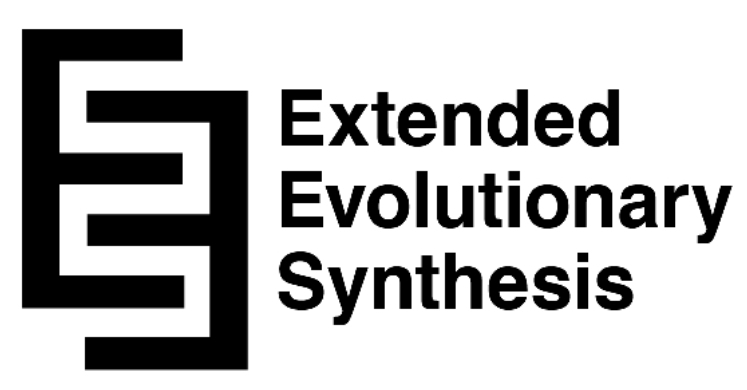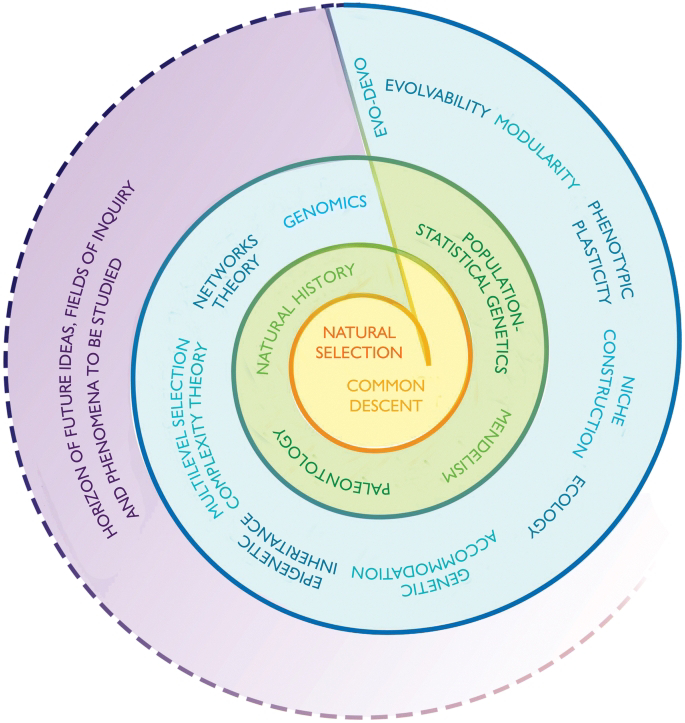Unveiling the Hidden Code: A Deep Dive into "Cross-Species Comparative DNA Methylation Reveals Novel Insights into Complex Trait Genetics among Cattle, Sheep, and Goats"
The journal "Cross-Species Comparative DNA Methylation Reveals Novel Insights into Complex Trait Genetics among Cattle, Sheep, and Goats" delves into the exciting realm of epigenetics, specifically DNA methylation, to shed light on the complex genetic architecture of economically important traits in these ruminant species. This article will explore the research in detail, dissecting its potential impact on animal breeding, health, and understanding the intricate dance between genes and the environment.
DNA Methylation: The Epigenetic Orchestra Conductor
Before diving into the nitty-gritty, let's understand the key player: DNA methylation. It's a cellular process that adds methyl groups (CH3) to specific DNA molecules, acting as a dimmer switch on gene expression. Genes with high methylation are typically less active, while those with low methylation are more likely to be "turned on" and producing proteins.
This epigenetic modification, unlike changes in the DNA sequence itself, can be influenced by environmental factors and even passed down through generations.
Untangling the Complexities of Traits
The focus of this research lies in "complex traits" – characteristics like milk production in cattle, wool quality in sheep, and disease resistance in all three species. These traits are not controlled by a single gene but rather by a multitude of genes interacting with environmental factors. Traditional genetic analysis can struggle to pinpoint the exact genes and their intricate interplay in complex traits. This is where DNA methylation analysis steps in, offering a new lens through which to understand their underlying biology.
Cattle: Unveiling the Secrets of High Milk Yield
For cattle breeders, maximizing milk production is a constant pursuit. This research has the potential to identify genes with differential methylation patterns between high-yielding and low-producing cows. Let's explore two potential scenarios:
Hypomethylation and Unveiling Key Players: Genes with reduced methylation (hypomethylation) in high-yielding cows might be crucial for milk production. These genes could be involved in mammary gland development, protein synthesis for milk components, or efficient nutrient uptake. By identifying these genes, researchers can gain valuable insights into the biological mechanisms driving high milk production, paving the way for targeted breeding strategies.
Cross-Species Comparisons: A Window into Evolution: The study might reveal conserved methylation patterns across cattle, sheep, and goats for genes essential for basic milk production functions. Additionally, species-specific methylation differences might be uncovered. For instance, genes with distinct methylation patterns between cattle (known for high milk volume) and sheep (known for higher milk fat content) could shed light on the evolution of lactation efficiency and milk composition across ruminants.
Sheep: From Wool Quality to Disease Resistance
Wool quality in sheep is another complex trait with economic significance. This research could offer valuable insights by identifying genes whose methylation profiles are linked to fiber diameter, crimp (waviness), and fleece weight:
Fine-Tuning Wool Properties: Genes with specific methylation patterns could be associated with fiber diameter. For example, genes with lower methylation might be linked to finer wool fibers, a desirable trait in certain breeds. Similarly, methylation analysis could reveal genes regulating crimp formation, influencing the aesthetic and functional properties of wool.
Beyond Wool: The Epigenetic Link to Disease Resilience: This research can extend beyond just production traits. DNA methylation patterns might be linked to disease resistance in sheep. By comparing methylation profiles between resistant and susceptible animals, researchers could identify genes potentially involved in the immune response against specific pathogens. This knowledge could be a game-changer, leading to novel strategies for improving disease resistance in sheep flocks.
Goats: Unveiling Hidden Potential
While the primary focus might be on cattle and sheep, the findings could be equally applicable to goats. Goats play a vital role in many agricultural systems, particularly in resource-limited settings. Understanding the role of DNA methylation in complex traits like milk production, meat quality, and disease resistance in goats could significantly contribute to improving their productivity and resilience.
Beyond Ruminants: Broader Implications for Animal Breeding
The knowledge gained from this research transcends these livestock species. It contributes to a fundamental understanding of the interplay between genes, environment, and complex traits in mammals. This knowledge could be valuable in other livestock species, such as pigs and chickens, where breeding programs aim to improve production efficiency and disease resistance.
The Epigenetic Bridge to Human Health
The implications of this research extend even further. DNA methylation plays a crucial role in various diseases in humans, including cancer, diabetes, and neurodegenerative disorders. Insights gained from studying methylation patterns in ruminants could inform human health research. For example, understanding how specific methylation profiles influence disease susceptibility in sheep or cattle might provide clues for identifying similar patterns in humans, leading to the development of new diagnostic tools and therapeutic strategies.
Beyond Genes: Embracing Epigenetics in Animal Breeding
The research presented in "Cross-Species Comparative DNA Methylation Reveals Novel Insights into Complex Trait Genetics among Cattle, Sheep, and Goats" highlights the limitations of the Modern Synthesis (MS) in understanding complex traits in livestock. The MS, which dominated evolutionary biology for much of the 20th century, emphasizes the role of DNA mutations and natural selection in shaping phenotypic variation. However, this research on DNA methylation patterns in cattle, sheep, and goats underscores the need to move towards an Extended Evolutionary Synthesis (EES).
The Modern Synthesis and its Shortcomings
The MS view of complex traits focuses on the additive effects of numerous genes, often with small individual influences. This view struggles to explain how seemingly minor methylation changes, not directly altering the DNA sequence itself, can have significant impacts on traits like milk production or wool quality. The MS doesn't fully account for the dynamic interplay between genes, environment, and epigenetic modifications like DNA methylation.
Enter Epigenetics: Beyond the DNA Code
DNA methylation is a process where methyl groups are attached to DNA molecules, influencing gene expression without altering the underlying code. This research demonstrates that analyzing methylation patterns can reveal insights into complex traits. Animals with different methylation profiles for specific genes might exhibit distinct phenotypes, even if their DNA sequences are largely identical. This highlights the crucial role of epigenetics in shaping variation beyond just DNA mutations.
Embracing the Extended Evolutionary Synthesis
The EES surpasses the MS by acknowledging the importance of non-genetic factors like epigenetics in evolution. This research on DNA methylation in ruminants aligns perfectly with the EES approach. By delving into the interplay between genes and methylation patterns, it provides a more complete picture of the factors influencing complex traits in these livestock species.
Implications for Animal Breeding
Traditionally, animal breeding programs have relied heavily on identifying and selecting for favorable genetic variations. This research on DNA methylation suggests a more nuanced approach. By incorporating methylation patterns into breeding strategies, breeders can potentially select animals with a higher likelihood of expressing desirable traits. This could lead to faster genetic progress and improved efficiency in livestock production.
Future Directions: From Ruminants to a Broader Understanding
The success of this research in utilizing DNA methylation analysis in ruminants paves the way for its application in other livestock species. Understanding the role of methylation in complex traits across various animals could significantly enhance breeding programs.
Furthermore, insights gained from studying epigenetics in livestock might be valuable for understanding human health and disease. As DNA methylation plays a role in various human diseases, this research on animals could contribute to advancements in human health research.
In conclusion, this research on DNA methylation in cattle, sheep, and goats signifies a crucial step beyond the limitations of the Modern Synthesis. By embracing the Extended Evolutionary Synthesis and acknowledging the role of epigenetics, researchers can gain a deeper understanding of complex traits in livestock, ultimately leading to improved breeding practices and potentially contributing to advancements in human health research.




Comments
Post a Comment